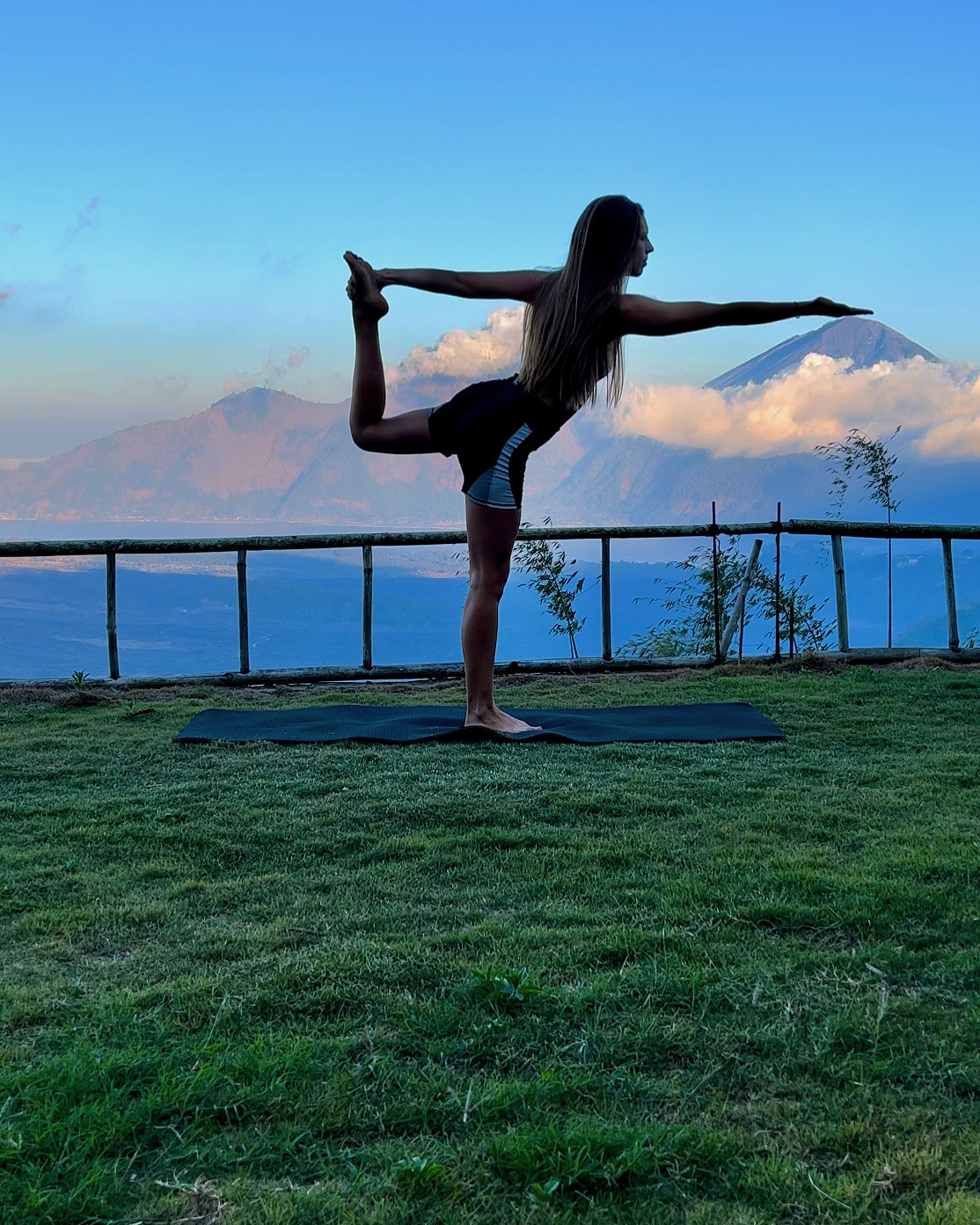Yoga, a practice with roots dating back to 5000 B.C.E in the Indus Valley, has undergone a fascinating journey through the period of time. From its origins in the Vedas to the philosophical insights of the Upanishads and the systematic approach presented by Patanjali, yoga has been a subject of profound contemplation. A gateway to delve deeper into its intricacies is the “Hatha Yoga Pradipika,” a comprehensive guide encompassing techniques for yoga asanas, pranayama, shatkarma, mudras, and bandhas leading towards the coveted state of samadhi.
The classical era brought forth the Yoga Sutras of Patanjali, often hailed as the yoga bible. Serving as a summary of the Vedas and other writings, it aimed to systematise the practice. Patanjali, considered the father of yoga (not the founder), laid the groundwork for Raja yoga, also known as Ashtanga yoga or the eight limbs of yoga (in Sanskrit, “Ashta” means eight, and “Anga” translates to limb or body part). These eight limbs, as listed in Patanjali’s Yoga Sutras, represent:
- Yama: Ethical considerations and social behavior emphasizing truthfulness
- Nyama: Self-observation and cleansing practices
- Asana: Physical postures and movement
- Pranayama: Breathing exercises
- Pratihara: Sense withdrawal, control over senses, focusing on breath
- Dharana: Concentration
- Dhiyana: Meditation, merging with the breath
- Samadhi: Liberation and enlightenment
In contemporary times, yoga has experienced diverse adaptations, becoming a global phenomenon. Beyond its spiritual roots, it has taken on various forms such as hot yoga, power yoga, aerial yoga, etc. The global acceptance of yoga as a mainstream wellness practice underlines its adaptability, however it is important to note that yoga is as much a work-in as a work-out. It stands as a powerful tool for cultivating mindfulness, focus, and stability and lays the foundation to a profound way of life.




